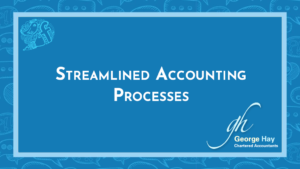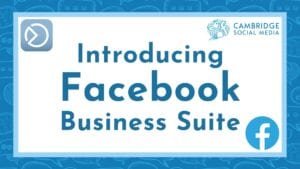Stories help us to understand the world around us. We tell them to each other – and we tell them to ourselves. The places we go, the things we do and the people we meet all become part of our story.
Storytelling is influential because it shapes our views, can alter our opinions and change how we feel. This makes it a powerful way to communicate with your audience. This blog will talk about what makes a story and some ideas for the types of stories you can tell on social media.

Photo by Chang Duong on Unsplash
What is a story?
A story has three main components:
- People – these are the characters. They represent “who”.
- Drama – there will be some form of action. This tells “what” happened and “how”, probably “where” and “when”. Your audience will also be asking ‘why?’ What motivates the characters?
- A resolution – how did it end?
But it also needs some things which are more intangible:
- It needs to create an emotional connection. Your audience has to connect with the characters and be interested in what happens to them.
- Stories are relatable. We might not experience the same situation as the characters in our own lives but we can apply what happens in the story to our own experience.
Storytelling creates a means for your customers to connect with you and to see you as a part of their lives.
How do you want your audience to feel?
Big brand logos create associations in your mind. Ferrari is sexy, speedy and expensive. If you have one of those you also shop in boutiques, probably have a boat on a marina and are found with a glass of champagne in your hand. It might not be true but it’s the story that image tells you.
The key thing to remember when telling stories is that it’s not about you. Focus on your reader or viewer. What are they interested in? What do you want them to feel when they see your story?
Be consistent
Have you ever read a book or watched a film and found that at some point the plot wandered off track? You thought you knew who the characters are and what they are interested in. But then suddenly they did something you didn’t believe they would have done?
The same is true of your stories. You need a strong idea of what your business is about. What will people expect you to talk about? If you are a local business, this is likely to be something you tell stories about. Places you have been, suppliers you work with, how your home town is central to your life.
When you’re deciding which stories to tell, make sure they fit with one of the key areas you identified as part of your social media strategy. Write down the topics you are focusing on. Make sure they are clear in your mind. Always think about whether the stories you are telling relate to your overall story.
Tell people how it all began

Photo by Danica Tanjutco on Unsplash
How things began is the oldest form of story. There are countless examples of tales we tell about the origins of things from creation stories to tales about how the zebra got its stripes and leopard its spots. These are told and retold through the generations.
Businesses have foundation stories too. Marks and Spencer started out as a market stall where everything sold for a penny. John Lewis is a co-operative thanks to founder John Spedan Lewis’ wish to improve his workers’ happiness.
Think about how you would tell your foundation story. Where does it start? What were the challenges you had to overcome? How did you do that? People buy from people. They are interested in your journey and experience. They want to know how you came to be where you are.
Go behind the scenes
We all like a bit of insider knowledge, a glimpse backstage at how the magic is created.
Consumers want to know what goes into the goods they buy. Tell stories about your suppliers, how you source ingredients or materials. What was it that drew them to you? How do they fit with your values? Show your reader how this ties into their stories.
Give people a sneak peek of new product lines. Talk about how you have chosen the elements which have gone into them. Not only will your customers feel involved in what is happening in your business but you will create a buzz around your launch.
You can also go behind the scenes at events. When you are going to a conference or heading off on a business trip, take your audience with you. Share photos. Talk about who was there, the stories they told and what those stories taught you. Don’t forget to use the event hashtag. You will connect with others who share your interests and who might be at the event too.
Tell stories about how you have helped
Case studies may not seem like stories but they are. A customer has a problem. They meet you, the hero, and you solve the issue for them. They have transformed the situation and the path they were on as a result.
Telling stories about your customers and their journeys helps prospective customers see themselves in that position. They are able to visualise what you can do for them. If you would like some tips, see my guide on writing case studies.
An alternative way of using customer stories, particularly if you are a product-based business, is to ask people to share images of themselves using your product. Your audience can immediately imagine themselves doing the same thing.
How should you tell your story?

Photo by rawpixel on Unsplash
Stories can be told in whatever medium you feel most comfortable with. You might like writing blog posts. You might prefer going on camera and doing a Facebook live. Perhaps you’re a keen photographer. There are apps you can use to create animations.
There’s nothing wrong with experimenting to see what works for you. Look at your analytics and see what sort of stories your audience engages with most. See if there is a pattern. If they love watching videos and you like making them, focus on that. As with all social media, it needs to be manageable.
Start by sitting down with a piece of paper and thinking of 12 stories you could tell. That’s one a month. Let me know how you get on.




